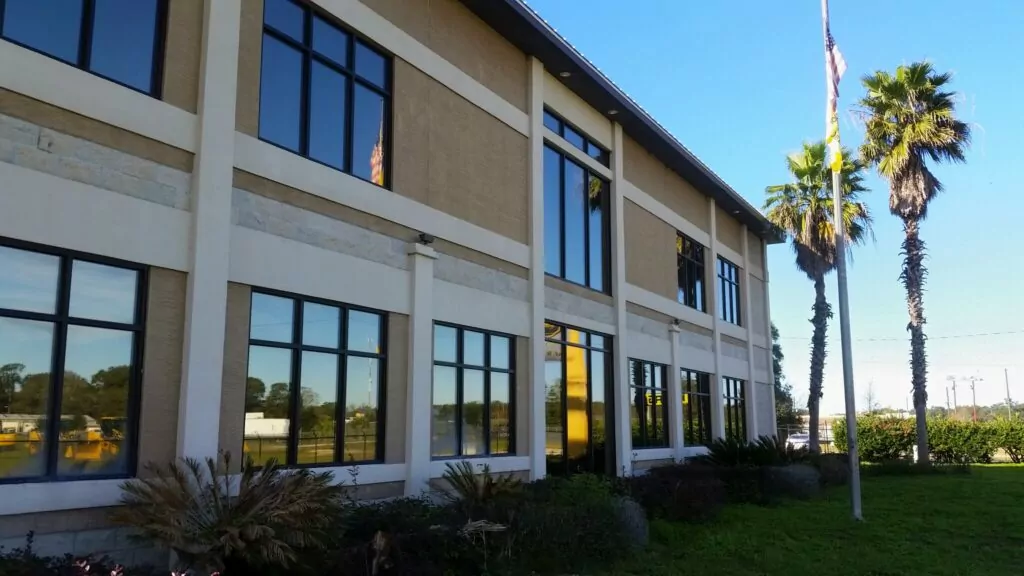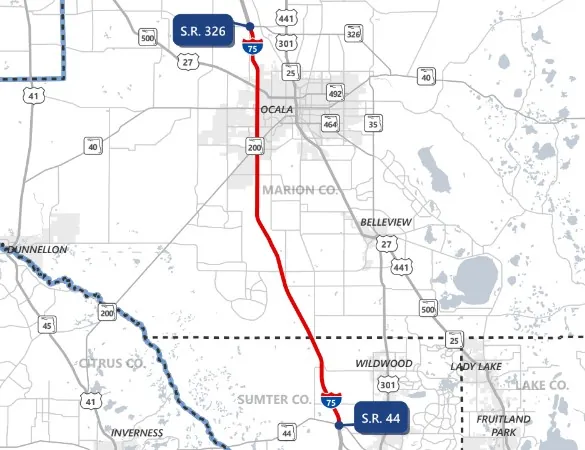Commercial property investment entails the investment into property, with the intention of earning some investment return or profit through rental income, price appreciation, or both. A commercial property, therefore, is any kind of property that is larger than a single family home. As one might expect, this leaves a broad range of property types that may be classified as commercial properties.
A solid career in commercial property investment requires basic knowledge about what commercial properties are and how to determine commercial property value based on what kind of property you have. Commercial property investment is particularly useful because of the high rate of return, and knowing which kinds of properties you can invest in is the first step to making money. In this article, we will discuss the different kinds of commercial properties as well as their individual benefits.
1. Office
Office buildings are categorized based on their size, dedicated as either low, mid, or high-rise. These properties come in 3 different ranked tiers with their own classifications. They are ranked from A to C.
Class A office buildings are normally composed of the newest builds, with state-of-the-art fixtures and premier location. Class B office buildings are somewhere around an average, with fair-to-good fixtures that are adequate but not as high quality as Class A. Class C buildings, however, are simply functional, with below average fixtures, and may have an unfavorable location.
2. Multifamily
Multifamily complexes are a middle ground between residential and commercial properties. They contain two or more residential buildings as part of one complex, and they come in three subtypes.
Duplexes/triplexes/quadplexes contain two, three, or four rental units, respectively. These are good options for beginning renters who want to make some amount of money off of their own living space.
Garden apartments are a suburban type of multifamily property that is consisted of one or more low-rise apartment building(s) that share access to a central garden, yard, or other kind of land space.
Mid-rise apartments are those that have 5-12 floors, while high-rise apartment buildings have more than 12 floors. These types of buildings are normally located in dense urban areas, where it makes sense to have many people living in rental units of one building.
3. Industrial
Industrial buildings, as their name suggests, house industrial operations for companies, such as manufacturing, distribution, logistics, and more.
Light assembly industrial properties are best used as a storage space or a final product plant. “Flex” warehouse spaces contain a combination of both industrial and office spaces. Bulk warehouses are incredibly large industrial spaces, often used as regional distribution centers. Heavy machinery properties are customized with machinery required to produce goods for the manufacturer.
4. Retail
Retail properties contain space leased to business owners of places such as retailers and restaurants. They can be multi-tenant or single-tenant spaces.
Strip centers are small retail spaces that may include one large retail tenant, called an anchor tenant, to draw in attention to other, smaller retail stores in the mall. Community retail centers are a larger version of these which are occupied by multiple anchor tenants.
A power center is larger than a strip center or community retail center and includes several smaller retail stores as well as multiple major big-box retailers. Finally, a regional mall is the largest kind of retail property, including many retail properties and a multitude of anchors.
5. Hotels
Hotels are a kind of property that rents out space to individuals on a per-night basis. Limited-service hotels tend to simply provide the sleeping space and a few amenities, while full-service hotels contain more amenities like room service, on-site convention space, and prime location. There are also extended stay hotels for longer hotel stays that include amenities such as a kitchenette and refrigerator to make them feel more like a home than a hotel room.
6. Land
Vacant land as a property is a useful investment because of the possibilities it comes with. Greenfield land, or agricultural land, refers to undeveloped land to be used for a farm or pasture. Infill land is vacant land in an urban, already-developed area. Brownfield land properties are properties that were once industrial or commercial properties, and as such may have some sort of environmental contaminants that lowers their value.
7. Special Purpose
Special purpose properties are any kind of commercial real estate that does not fall into any of the above categories, such as sports stadiums, amusement parks, churches, parking lots, and much more.
If you’re looking to get started in commercial property investment in North Central Florida, Bartow McDonald can help you with that. Commercial properties in Ocala are plentiful, and the benefits that you will receive from your commercial property investment will follow you for life. Contact Bartow McDonald today to take your commercial property investments to a whole new level.



